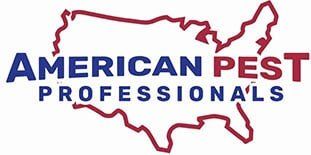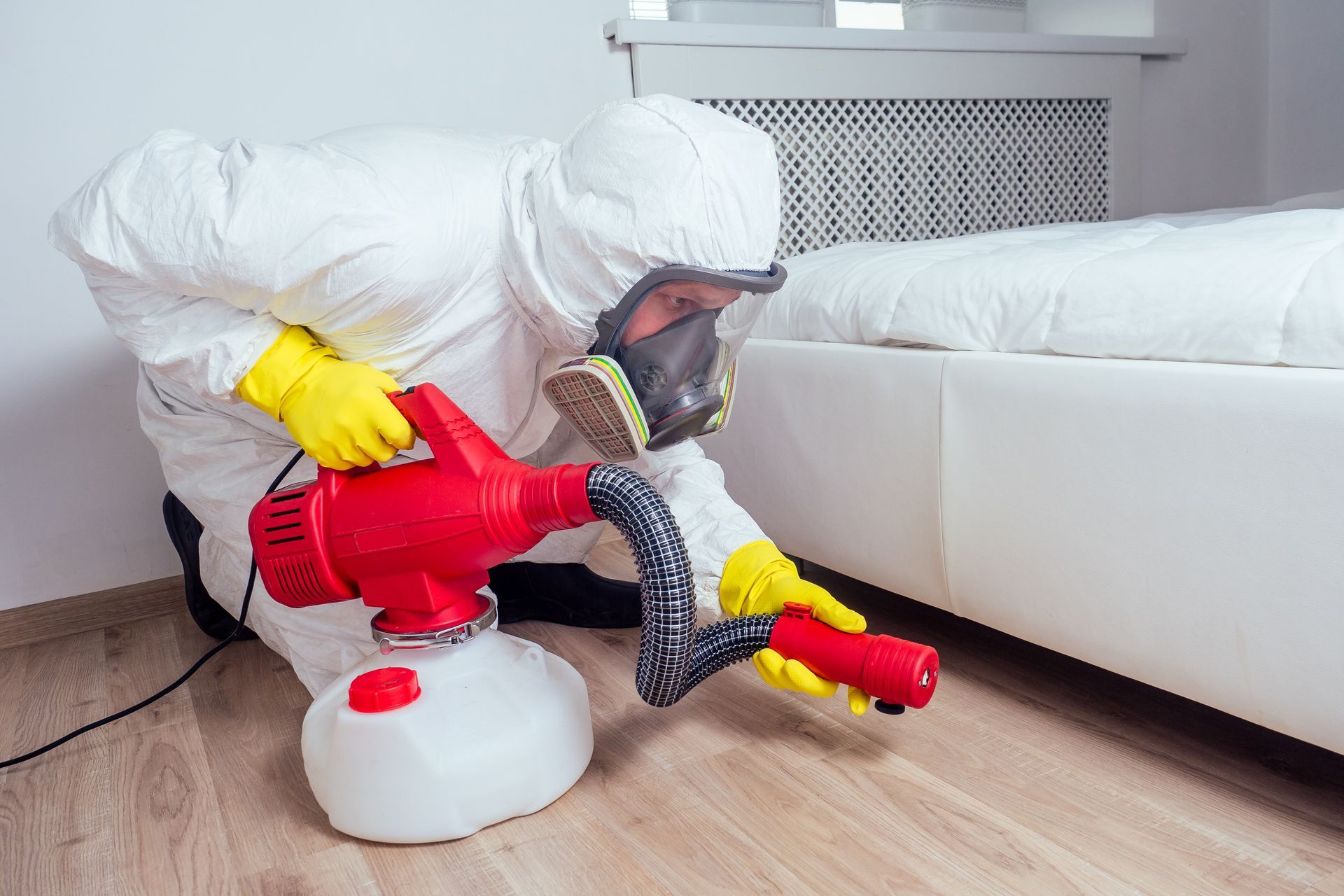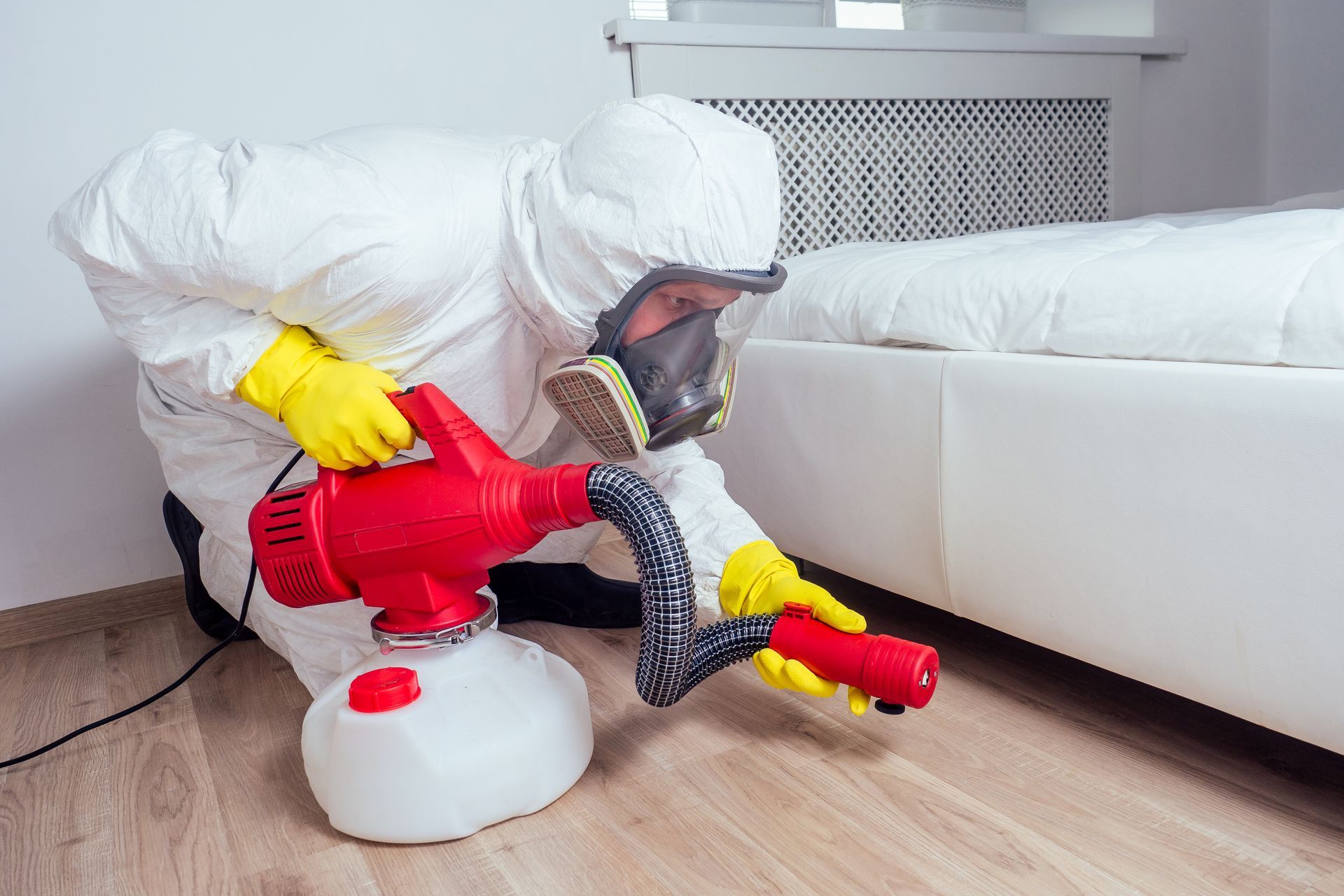5 Ways Restaurant Pest Control Prevents Foodborne Illness
Culinary prowess, innovative fare, and transcendent ambiance… Sounds like a restaurant’s recipe for success. But there’s one thing missing -- pest control.
According to the Centers for Disease Control and Prevention (CDC), an estimated one in six people contract a foodborne illness from food consumed in the United States each year. Of those 48 million affected, 128,000 are hospitalized and over 3,000 ultimately die from foodborne diseases.
What’s more, over half of foodborne illness outbreaks originate in restaurants.
Pests that Spread Foodborne Illness
1. Cockroaches
Cockroach bites aren’t a huge concern, but contamination is another story. Their excrement, including saliva and droppings, carry diseases that can spread when they simply walk over a surface. While cockroaches aren’t the primary spreaders of foodborne illness, they can carry 33 types of bacteria, aiding in the spread of diseases like:
- Salmonellosis
- Gastroenteritis
- Dysentery
- Typhoid Fever
- Plague
2. Rodents
One rat can produce up to 25,000 droppings per year, rendering rodents one of the largest foodborne illness threats. Their droppings carry a variety of parasites and pathogens that can contribute to the spread of over 35 diseases, including:
- Plague
- Leptospirosis
- Tularemia
- Salmonellosis
- Omsk Hemorrhagic Fever
3. Flies
From the common housefly to fruit flies, these insects carry the largest disease threat of any pest -- one fly may carry over 100 pathogens! They represent a very real threat to restaurants thanks to their free-flying nature. They can spread countless foodborne illnesses, including:
- Salmonella
- Malaria
- Tuberculosis
4. Stored Products Pests
The term “stored products pest” includes several beetles, moths, and mites that can infest whole grains or processed foods like rice, flour, wheat, cereals, and powdered sugar.
They represent a threat at the food processing plant level, as stored product pests (or their exoskeletons) are often accidentally ground into foods as they’re manufactured. These pests can carry diseases like Lyme disease, and their eggs can survive and hatch inside many foods.
5 Pest Control Practices that Prevent Foodborne Illness
The best way to fight foodborne illness in your restaurant is to take preventative measures early.
1. Close off points of entry - The best way to keep your restaurant pest-free is to prevent critters from getting in. Keep exterior doors closed, seal holes and cracks, and install air curtains and tight-fitting screens where possible. Check roofs and any underground areas regularly to prevent sneaky rodents from finding a way in.
2.
Handle waste properly - Most pests are attracted to the odors and residue generated by food waste. Use plastic liners in all indoor trash bins and take them out as soon as they’re full. Keep outdoor dumpsters at least 50 feet away from the restaurant’s door, and ensure they are washed frequently to remove food residue and debris.
3. Eliminate water sources - Water is essential to a pest’s survival. Fix water leaks and eliminate sources of standing water to make your space less inviting to pests. Check visible and hidden pipes and faucets, and keep areas like sinks and restrooms free of standing water.
4. Keep counters and floors clean - Regular counter and floor cleaning keep pests from making your restaurant their home and also remove any bacteria or viruses from pests that may have gotten in. Sanitize floors, work surfaces, sinks and drains routinely, and vacuum any food debris that may have accumulated over the course of the day.
5.
Implement hygienic best practices - Employees must wash their hands frequently and keep hair away from food and food surfaces. Microorganisms and bacteria from pests can live on surfaces and spread by human touch. A simple scrub with soap and water can help eliminate many foodborne bacteria.
Ready to implement a commercial or food processing plant pest control plan? We’re experts --
give us a call!












